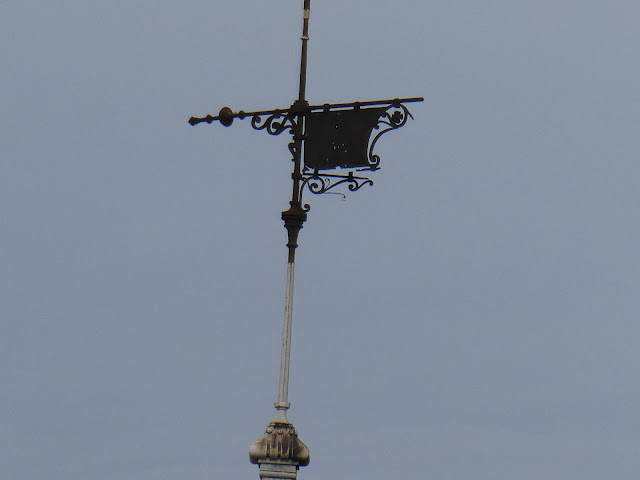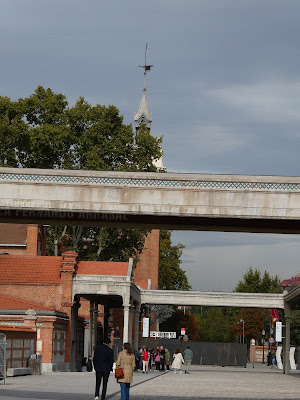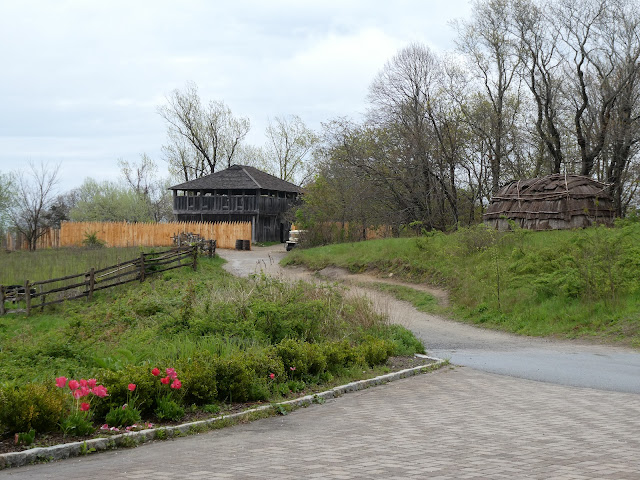I recently realized that most of my Christmas decorations are nativity scenes, from all around the world. Here is a sampling of some of them - small and large! I love minatures, of any type, and so I find nativities to be fascinating. As a child I remember the nativity we had, which was identical to the one my Nana had at her house. My uncle had built the wooden stable, and my mother had collected the figures. Of course, as children we could only look and not play with the figures. Now we collect nativities on our travels, and have brought many back from Spain, South America, and Europe.

This very large scene is called a "Belen" in Spain, which is Spanish for Bethlehem. All the tiny clay figures were bought in Madrid, Spain at the Christmas market in the Plaza Mayor over almost 40 years of collecting. The landscape was built by Vincent and I out of an old, cork bulletin board and papier mache. The final touches were plants, grass and trees from a hobby shop. Children love to rearrange the figures in this little village. And so do my cats!
This tiny little nativity was from a New Hampshire craft fair. It is on the molding above our front closet, and below Vincent's grandfather's sword from the Guardia Civil in Spain.
These nativity pieces were all from my mother-in-law's house in Spain. I didn't know that Vincent had packed them all into his suitcase after she passed away. They are made out of papier mache and cloth.
This little nativity is made out of fabric. I made it in the 1990s when my daughter was little and wanted to play with the figures in the nativity scenes. It is indestructable. I've even caught the cats playing with it!
Here is another nativity from Spain. It is on our mantel at Christmas time.
This tiny nativity is in my office. It is three extra pieces from the clay "Belen" at the top of this blog post. We bought extra Marys, Josephs, and Baby Jesuses just in case!
Here is another tiny nativity that is placed above a window trim. It just barely fits up there!
There are many, many nativities on the Christmas tree. This one is a Hallmark ornament.
This ornament was bought in Rome, Italy.
This nativity is on our tree. I forget where we bought it, but it was on a trip.
This is another tiny nativity. You can see how small it is compared to the two coffee mugs behind it.
This nativity comes from Ecuador, and the ball closes up into an ornament.
This tiny Christmas tree nativity came from Puerto Rico.
This is tree ornament has three mooses depicting the Holy Family in a stable.
There are many more nativities scattered around the house at Christmas time. Do you have more than one in your house during the holidays? Do they have special meaning for you, too?
-------------------
To cite/link to this blog post: Heather Wilkinson Rojo, "Nacimientos, Manger Scenes, Nativities, Crèches, etc.", Nutfield Genealogy, posted December 24, 2024, ( https://nutfieldgenealogy.blogspot.com/2024/12/nacimientos-manger-scenes-nativities.html: accessed [access date]).


















































